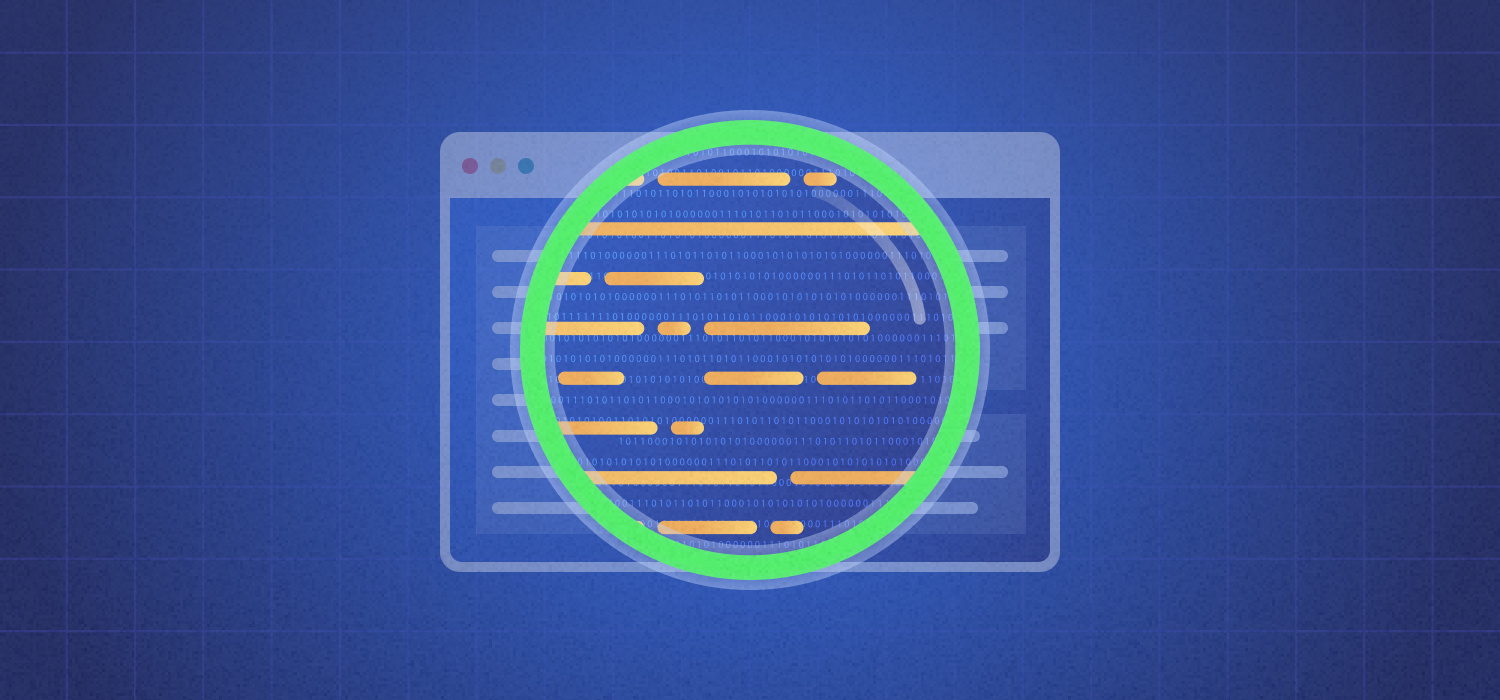December 04, 2024
How New National Intelligence Standards Can Professionalize OSINT for the Whole Community
LC Cook
Vice President of Public Sector
The release of the updated Intelligence Community Standard 206-01 by the Office of the Director of National Intelligence (ODNI) earlier this week marks a significant milestone in the standardization of open-source intelligence (OSINT) across the Intelligence Community (IC). These new standards set the stage for greater transparency, accountability, and collaboration, not only within the US government but across the broader OSINT profession. By aligning with these IC standards, the global OSINT community — including law enforcement, private investigators, corporate security teams, insurance carriers, journalists, and more — can elevate their practices, professionalizing the field and ensuring better, more reliable intelligence outcomes.
Key Principles in ICS-206-01
The ICS-206-01 guidance introduces several key standards that can have far-reaching effects on OSINT practices. Here’s an overview of these changes and how they can extend beyond the IC:
Standardized Citation Practices
For the IC: The guidance introduces standardized citation practices for publicly available information (PAI), commercially available information (CAI), and OSINT. This ensures that sources are clearly referenced, traceable, and verifiable across intelligence products.
For the Wider OSINT Community: Adopting consistent OSINT citation standards in all reports and intelligence products will promote transparency, whether used in government, law enforcement, or corporate settings. Clear citations allow users to understand the context, reliability, and origin of the data. If the same standards are used industry-wide, then collaboration is more seamless and effective across sectors.
AI Transparency and Accountability
For the IC: With the increasing integration of AI in OSINT workflows, the new guidelines mandate explicit citation of AI usage in collection, analysis, and reporting. This ensures that the input of AI systems is clearly acknowledged in intelligence products.
For the Wider OSINT Community: The broader OSINT community can adopt similar transparency practices to build trust in AI-driven intelligence tools and AI-enabled intelligence assessments. Whether using AI for analysis or automated data collection, making AI’s role in workflows clear ensures accountability and helps users assess the quality of AI-generated insights. It also establishes a foundation for responsible AI usage, which is vital as those technologies play a bigger part in OSINT.
Private-Sector Collaboration
For the IC: The ICS-206-01 formalizes partnerships between the IC and private-sector companies, particularly those that provide commercial data and tools. These collaborations are essential to helping intelligence agencies access a wider range of intelligence, including hard-to-obtain data that could enhance national security efforts.
For the Wider OSINT Community: Commercial sources of publicly available information are crucial for any intelligence operation. The private sector can both contribute to and derive significant value from OSINT efforts through specialized tools and data aggregation. By integrating commercial data into investigative workflows, organizations can enhance the scope and depth of their intelligence-gathering capabilities.
Data Quality Control and Verification
For the IC: The ODNI’s updated standards place a strong emphasis on validating the credibility and provenance of OSINT sources. This includes rules on metadata collection and source descriptors to ensure that the accuracy and reliability of open-source intelligence are easily determined.
For the Wider OSINT Community: By incorporating robust data verification processes, OSINT professionals in any role can improve the quality and reliability of their work. For a wide range of tasks, from investigations to threat assessments, clear rules for source validation ensure that only accurate, verified information feeds into decision-making processes, reducing the risk of errors or misinformation. A consistent process also removes investigator source bias that could impact assessments.
Discoverability and Accessibility
For the IC: The ODNI stresses the importance of making OSINT products easily discoverable and retrievable. Citations must be structured to ensure that intelligence is easily accessible across different departments and security domains.
For the Wider OSINT Community: Making OSINT more accessible is critical for professionals outside the IC as well. By adopting best practices for discoverability, such as clear metadata and search-friendly storage structures, OSINT analysts can ensure that relevant intelligence is readily available on demand. This can significantly improve collaboration between law enforcement, government agencies, and the private sector, speeding up response times and improving decision-making.
Extending Professionalization to the Broader OSINT Field
The introduction of these standards not only strengthens the IC’s own operations but also offers a blueprint for the broader OSINT community. By incorporating similar practices—like standardized citations and transparent AI usage policies—OSINT practitioners across roles and industries can embrace a more professional and accountable discipline.
The ICS-206-01 guidance sets the stage for greater transparency, accountability, and collaboration in OSINT. By adopting these standards, both the IC and the wider OSINT community can ensure that intelligence products are more reliable, accessible, and trustworthy.
Join over 1,500 organizations—including 50+ U.S. government agencies—that rely on Skopenow's platform to automatically collect and process relevant publicly available information and make better decisions. Learn more and schedule a personalized demo today at www.skopenow.com/try.


